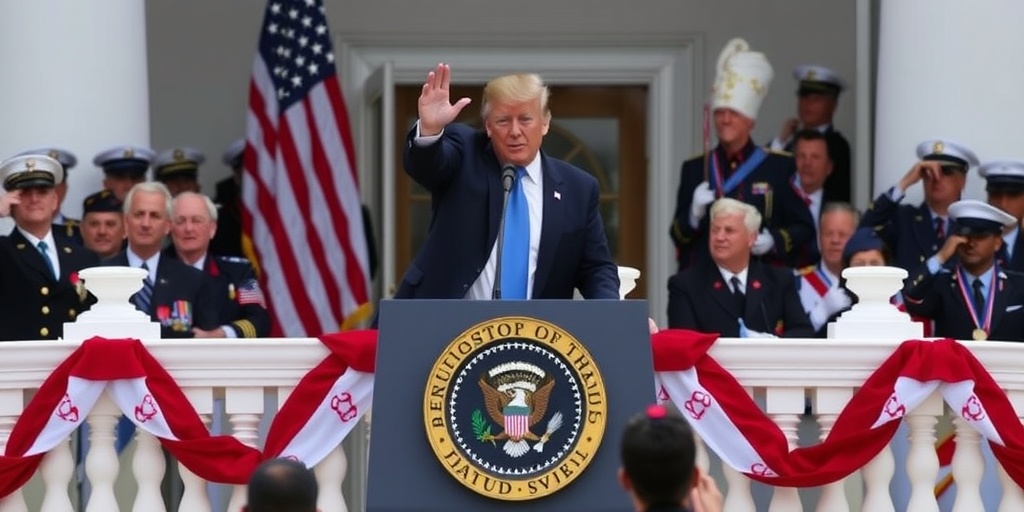Now Reading: Congestion Pricing Advocate Readies for White House Challenge
-
01
Congestion Pricing Advocate Readies for White House Challenge
Congestion Pricing Advocate Readies for White House Challenge

Title: Janno Lieber Resilient Amidst Challenges to New York’s Congestion Pricing Initiative
Janno Lieber, the head of New York’s Metropolitan Transportation Authority (M.T.A.), finds himself at the center of a significant battle over the future of the congestion pricing program in Manhattan. Initially designed to alleviate traffic congestion and generate billions for the region’s aging transit system, this tolling initiative has faced substantial resistance. Despite previous hurdles—such as attempts by lawmakers to limit its implementation, numerous lawsuits from truckers, residents, and influential New Jersey stakeholders, and a sudden pause ordered by Governor Kathy Hochul—it appears that congestion pricing has managed to stand firm…at least for the moment.
Recently, however, former President Donald Trump declared on social media that he had effectively killed the congestion pricing plan. This proclamation came alongside a letter from the U.S. Department of Transportation, which indicated the federal government’s intent to withdraw the agreement that authorized the toll. This decision followed the Biden administration’s approval just months earlier and sparked immediate litigation from the M.T.A. As Lieber and the agency brace themselves against this latest threat, they have vowed to maintain the toll in the interim, pushing back against the federal government’s intervention.
For Lieber, a staunch proponent of congestion pricing, the road ahead is fraught with challenge. With the toll officially taking effect on January 5, he must navigate the complex political landscape—especially with a former New Yorker occupying the White House. Adding to his burden is the need to secure federal funding for another pressing concern: the M.T.A.’s $68 billion capital budget, which aims to address transits problems that go beyond those related to congestion pricing.
Facing media inquiries, Lieber candidly admitted there were no backup plans should congestion pricing falter, expressing his belief that the M.T.A. would prevail in court against Trump’s attempt to sabotage the initiative. The stakes are high; losing an estimated $15 billion from this program could have dire consequences for the region. Critical subway upgrades dating back to the Great Depression could be postponed, service interruptions may arise due to deteriorating rail bridges, and accessibility projects for disabled riders could be shelved. Additionally, over 100,000 jobs linked to transit projects could be jeopardized.
Lieber’s resilience is a testament to his experience. The 63-year-old, previously involved in the rebuilding of the World Trade Center and a former real estate executive, has earned a reputation as a champion of challenging projects. Advocates for public transit view him as a pivotal figure in the fight for necessary repairs, stressing the importance of showing New Yorkers that the efforts to implement congestion pricing were worthwhile.
Despite the political turbulence, Lieber has maintained stability in his position. Many were left wondering about his future when Hochul unexpectedly paused the initiative amid economic concerns just weeks before its launch. Although some speculated that Lieber might resign in protest, he instead chose to continue pushing for what he believes is a critical solution for New York’s traffic woes.
Lieber has been characterized by peers as a politically astute figure who approaches bureaucratic complexities with a sense of humor and optimism. His journey through public service legislation has not been without its challenges, especially in light of recent events such as Hochul’s career transformation post-Cuomo to execute the M.T.A.’s directives amid various hurdles.
In February, early metrics following the implementation of congestion pricing yielded promising results. Data indicated an approximate 9% drop in weekday traffic within the congestion zone compared to the previous year, with notable improvements in travel times for drivers in Manhattan. Contrary to fears that foot traffic would suffer, pedestrian entering business districts in the charged area actually increased by nearly 5%.
As the M.T.A. continues to reassure the public of its commitment to conscientious revenue management, Lieber has acknowledged that maximizing congestion pricing and keeping the public’s trust will be vital. With an $800 million deficit attributed to fare and toll evasion in 2024, he asserts that the agency is making strides toward managing and reducing this loss, as recent data shows a 26% decline in subway fare evasion in the latter half of that year.
While legal experts assert Trump’s claims against congestion pricing lack official validity, there remain substantial avenues through which the federal government could subtly obstruct the program. With the anticipated appointment of Marc Molinaro—a vocal critic of both the M.T.A. and the tolling initiative—set to lead the Federal Transit Administration, there are concerns that the federal agency could delay crucial funding for New York’s transit projects as a means to influence or undermine congestion pricing.
In the face of these ongoing challenges, Lieber conveys a sense of determination to work collaboratively while reiterating the potential setbacks to the M.T.A.’s operational funding. “This isn’t the first time a president has said ‘drop dead’ to New York,” he notably remarked, highlighting the historical ebbs and flows the city has endured regarding federal relations.
As discussions among lawmakers concerning the M.T.A.’s capital plan ramp up, the urgency of securing a coherent funding strategy becomes more pronounced. Not only does Lieber need to champion congestion pricing, but he also has to ensure that it serves as a stable source of revenue to avoid disruption to crucial projects that rely on the toll’s funding. As challenges from influential political figures loom over the horizon, Lieber is resolute in his commitment to make congestion pricing a success, for the benefit of New York’s transportation infrastructure and its residents.
Stay Informed With the Latest & Most Important News
Previous Post
Next Post
-
 01New technology breakthrough has everyone talking right now
01New technology breakthrough has everyone talking right now -
 02Unbelievable life hack everyone needs to try today
02Unbelievable life hack everyone needs to try today -
 03Fascinating discovery found buried deep beneath the ocean
03Fascinating discovery found buried deep beneath the ocean -
 04Man invents genius device that solves everyday problems
04Man invents genius device that solves everyday problems -
 05Shocking discovery that changes what we know forever
05Shocking discovery that changes what we know forever -
 06Internet goes wild over celebrity’s unexpected fashion choice
06Internet goes wild over celebrity’s unexpected fashion choice -
 07Rare animal sighting stuns scientists and wildlife lovers
07Rare animal sighting stuns scientists and wildlife lovers





















